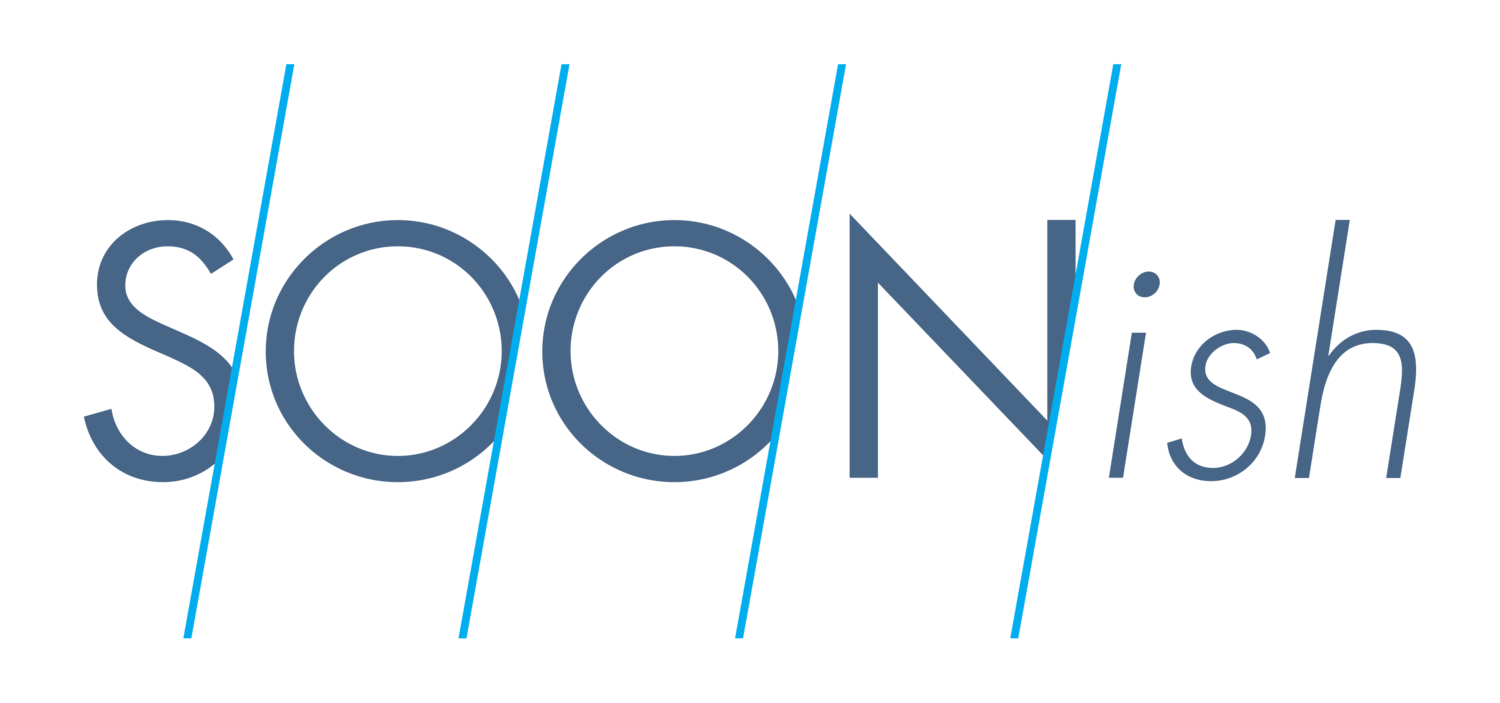2.07 | 02.27.18
What’s ubiquitous but invisible, versatile yet temperamental, goopy when it’s hot and brittle when it’s cold, as old as civilization yet as new as the screen on your smartphone? The answer is glass. This week on Soonish, we ask what glass really is—in both a physical and a historical sense—and we look at how it will fit into our world in the future.
We also explore the threads connecting the art of glass and the technology of glass. For glassblowers, glass is a medium for expression: each goblet, vase, or platter is a frozen story of the movements that went into creating it. For scientists and engineers, glass is an incredibly adaptable material that keeps evolving to serve society’s changing architectural, environmental, and informational needs.
Sometimes, of course, those are the same people. In this episode we spend time with Josh Simpson, a master glassblower based in western Massachusetts who’s famous in the field for developing new recipes and colors for glass and shaping glass into compelling new forms. Simpson’s interest in the arcane chemistry of glass has allowed him to develop objects such as platters and spheres that evoke alien planets, gaseous nebulae, and other objects in space. (Which is especially neat given that Simpson is married to a real-life astronaut.)
We also visit the MIT Glass Lab, where undergraduates not only learn how to blow beautiful glass objects, but hatch ideas for new ways to use the material—including G3DP2, a device that uses the principles of additive manufacturing to print molten glass.
And we visit Corning, Inc., the company that used to be known for developing Pyrex and Corningware but that’s more famous today for inventing the Gorilla Glass that protects your smartphone and tablet. Scientists at Corning say we shouldn’t be surprised if displays that use the descendents of Gorilla Glass turn up on the dashboards of our cars, the counters in our kitchens, or the walls of our kids’ classrooms. That’s a vision the company first shared in a famous 2011 video called A Day Made of Glass, and parts of that vision are starting to come true today.
And we also stop at the Corning Museum of Glass, a place that combines the history, art, and technology of glass under one roof. If you have a sensitive or curious bone in your body, the place is guaranteed to leave you gobsmacked.
“When people come to the museum they expect to be here, oh. maybe half an hour an hour,” the museum’s curator of science and technology, Marvin Bolt, told me. “I mean what could there possibly be that's interesting about glass, right? Well, we find that they not only stay for four hours on average, but they come back a second day. Because they're bewitched.”
A large Josh Simpson planet at the Corning Museum of Glass.
After spending about eight months gathering tape for the episode about glass, I’m bewitched too. It all started when I bumped into Josh Simpson at the same MIT space conference that led to Episode 1.07, Astropreneurs. When Josh learned I was a podcaster, he generously invited me to visit his studio. Considering that glass is a visual medium, the place was remarkably sound-rich. I hope listening to the resulting episode convinces you, too, that glass is a more complex and fascinating material than most people ever realize.
See the full script for this episode in our Extras section.
Extra Note: There's a little sound-design easter egg in this episode inspired by Jeff Emtman of the terrific podcast Here Be Monsters. See if you can spot it.
Mentioned In This Episode
Corning, Inc., Corning, NY
Corning Museum of Glass, Corning, NY
Lori Hamilton, director of commercial technology, Glass Technologies Division, Corning, Inc.
Jane Cook, chief scientist, Corning Museum of Glass
Marvin Bolt, curator of science and technology, Corning Museum of Glass
Peter Houk, director, MIT Glass Lab
G3DP2, the MIT 3D glass printer project
University of Wisconsin, Madison, Glass Lab
Helen Lee, director, University of Wisconsin, Madison, Glass Lab
See Also
Soonish Episode 2.05: The Future Is Clear [Full Script]
A Day Made of Glass, Corning, Inc. (2011)
Elsewhere at Hub & Spoke
Freedom and Hostile Design—Hi-Phi Nation, Season 2, Episode 4
C.M. Coolidge's "Dogs Playing Poker" (1903)—The Lonely Palette, Episode 26
Enlightened Cynicism—Ministry of Ideas Episode 10
Music
The Soonish theme is by Graham Gordon Ramsay.
All additional music in this episode is by Joel Roston and Andrew Willis of Titlecard Music in Boston.
Special Thanks
Nick Andersen, Tamar Avishai, Gabrielle Bailey, Marv Bolt, Jay Brown, Kip Clark, Jane Cook, Zach Davis, Joseph Fridman, Peter Houk, Barry Lam, Helen Lee, Mark Pelofsky, Joel Roston, Josh Simpson, Kimberly Thompson, Andrew Willis, and all of my wonderful supporters on Patreon.
Glass screen image courtesy of Corning, Inc
To help support Soonish financially, please listen to the show on RadioPublic. It's free and easy to use, and now RadioPublic pays podcasters every time you listen in the app!


